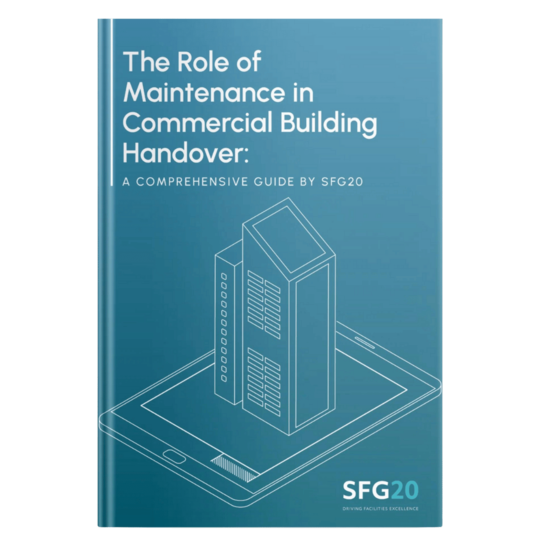Download your free copy of Streamline Your Building Handover: A Comprehensive Guide
A successful building handover is key to ensuring that the transition from construction to operation goes smoothly, without costly surprises or compliance issues. Whether you're managing a new build or taking on a recently completed project, a structured approach to handover can make all the difference.
Our guide breaks down the essential steps for a seamless building handover, from documentation and compliance checks to equipment testing and maintenance planning. Designed for facility managers, building owners, and maintenance professionals, it’s packed with practical tips to ensure that every detail is covered.
Download our free guide to master the handover process and ensure your building is ready for smooth, efficient operations from day one.

In the meantime...
Watch a quick tour of Facilities-iQ's key features
Skip straight to the features that interest you. No registration required.